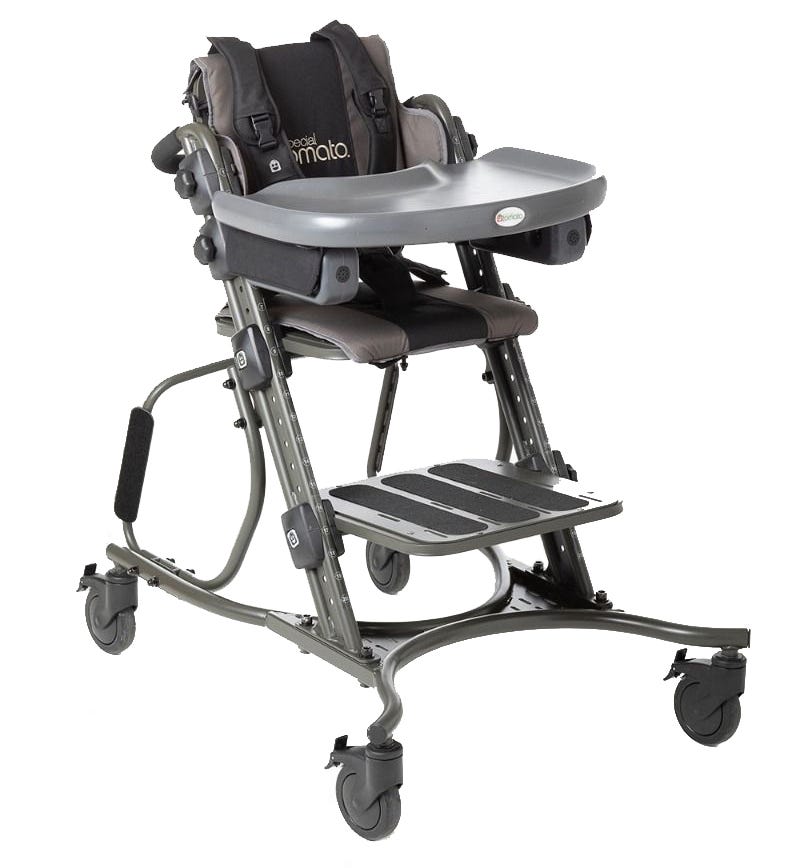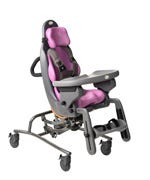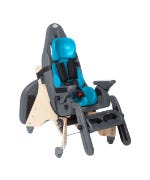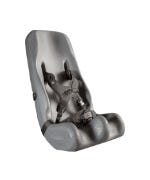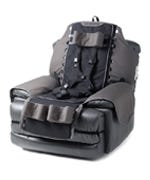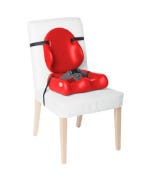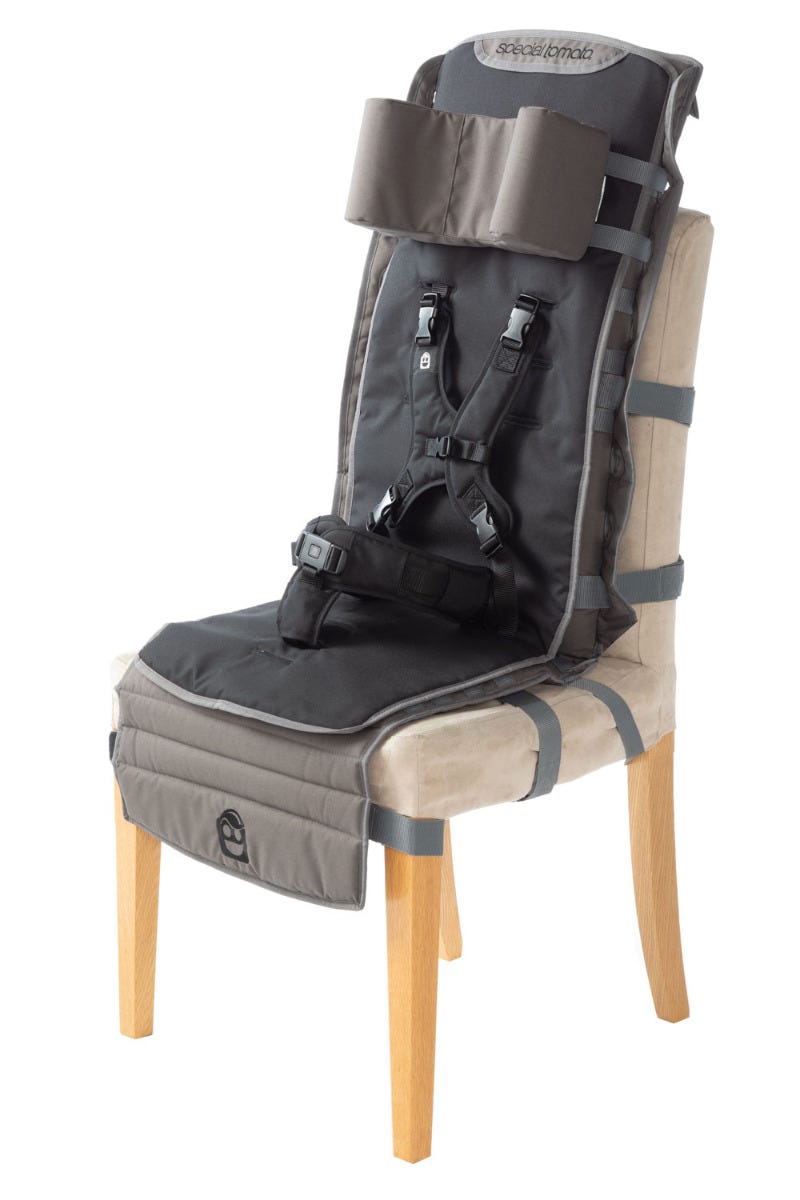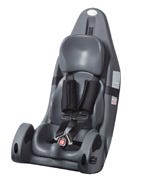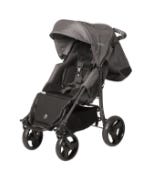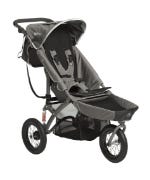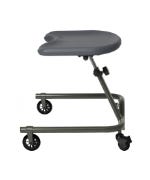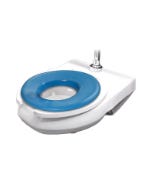Ways to get Financial Support for Adaptive Sports Equipment
Medically prescribed adaptive equipment is often covered by insurance, Medicaid or the Individuals with Disabilities Education Act (IDEA), but adaptive sports equipment like specialized bicycles, sports wheelchairs and the like often require personal financing, which can be a burden. However, there are sources of funding available. They take a bit of legwork, but here are some ideas to try.
Grants
There's a wide range of grants available for adaptive sports equipment. Most grants are for a specific category of people. For example, High Fives provides grants for injured athletes while SCORE gives to young people with spinal injuries. It may take some time to find one that's right for you, but the endeavor will be worth it, as most grants provide full coverage for the equipment.
Here's a list of grants for adaptive sports equipment. You may find one that's right for you.
When applying for a grant, make sure you follow all the listed specifications for that particular grant. In addition:
- Identify the problem. Make sure you clearly state the issue or problem you're trying to solve. The equipment may not be medically necessary for your child, but is it socially necessary? Will it help your child make a new group of friends or be included in a group? Clearly state why you need the equipment.
- Consider the source of your funding, and make a connection. Organizations give money for specific reasons. If possible, meet with some members of the funding organization, or even some leaders. Find out what you can about past grants, their amounts and who they were awarded to. Just as you would research a company before asking for a job, research your funders before asking for money. This will help you tailor your request and message, and perhaps even rule out organizations that aren't right for your funding purpose.
- Consider restrictions. Most grants are very specific. They may specify that you can't receive other funding, that your child will use the equipment in a certain way or even that your child belongs to a specific religious or ethnic group. Learn everything you can upfront, and make sure you're being realistic about whether the grant fits your needs.
- Consider the timeline. Most grant applications have strict deadlines. Set up a timeline for gathering the information you need and writing the application information so that your efforts aren't wasted with a late application.
Funds And Foundations
Many funds and foundations will finance adaptive equipment for specific diagnoses, in a specific geographic area or with other specifications. Many times, these organizations will only provide funding when all other sources have been exhausted, so be prepared to provide a rundown on sources you've already tapped if you're going this route. It doesn't hurt to get the ball rolling on these contacts early on — for example, while you apply for grants — but you may need to come back to them after you've checked other sources. Use this list of funds and foundations as a starting point, but also check with your local library for local organizations that provide funding.
Crowdfunding
Crowdfunding can be a great way to fund adaptive equipment, especially if you have friends and family willing to donate. At Adaptivemall.com, we offer community funding with our Kiddie Pool fundraiser program that lets your family create a custom webpage for your child to show the products they need or want and other fun facts about them. Have fun with it too and use the website to tell your family’s story by including pictures. Sharing this link with family and friends helps you get much-needed funds for adaptive equipment, and make sure you ask others to share the link for best results.
Buy Refurbished or Used Equipment
It may take a little legwork, but you can often get used or refurbished models of adaptive equipment at a deep discount. These are often in good condition but can't be sold for full price because of surface imperfections, scuffs and scratches.
Start by checking manufacturers' websites for refurbished models. If they're not there, you might consider contacting the company and asking. It can never hurt to inquire. They may have something in their stock room they'd love to make some money on.
Next, contact rehabilitation centers, adapted athletic facilities and universities to see if they have refurbished equipment available for sale. Even if they don't have anything at the moment, they might contact you later when something becomes available.
Finally, check Craigslist, eBay and other resale websites. You never know what might be available there.
In all the above cases, keep in mind that you should have handy a list of questions about the product. Inquire about the major functioning parts of the equipment and whether they're fully functional. Ask what imperfections are keeping the organization or individual from selling it full-price. If you can see the product in-person, this is the best option, but if not, ask about return policies to make sure you're covered if the product is not functional.
The Pass It On Center provides information and resources for obtaining used equipment.
Use a Payment Plan
While payment plans do require personally financing the cost of equipment, they can be a way to make the cash outlay more manageable. Most companies offer payment options, so consider taking advantage of the freedom to pay over time. Just remember to consider interest rates and pay as much as you can monthly to minimize the loan's duration. Adaptivemall.com offers PayPal Credit as a financing option with upcoming plans to offer 12-, 24- and 36-month payment plan options with Bread flexible financing as well.


